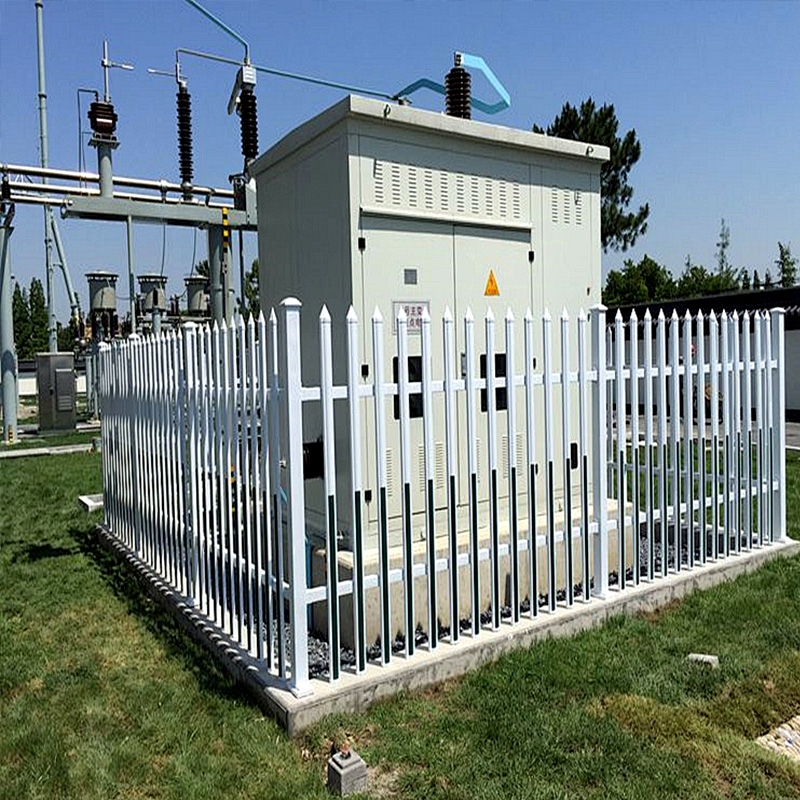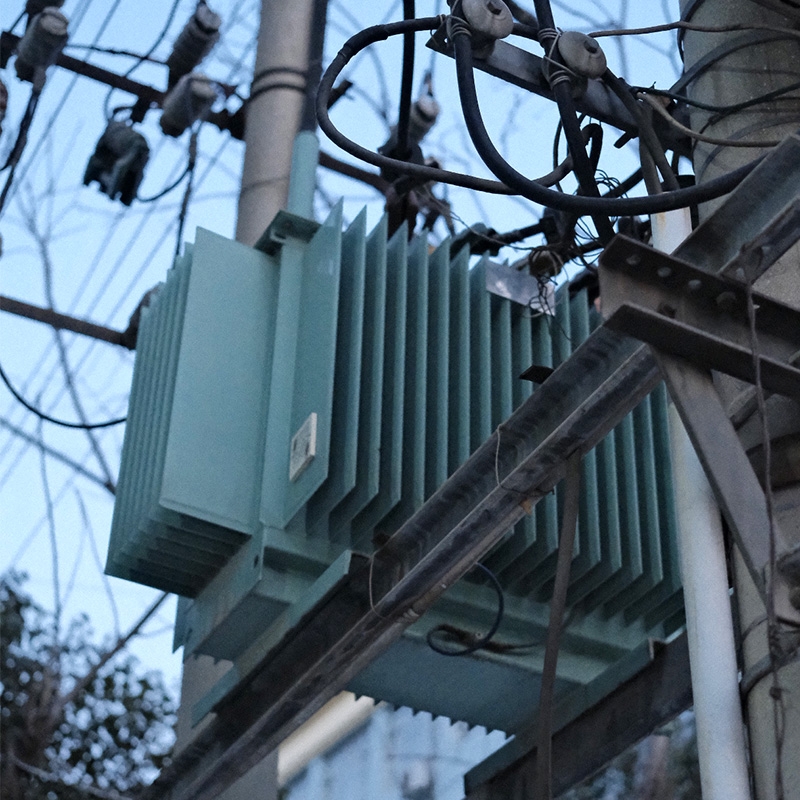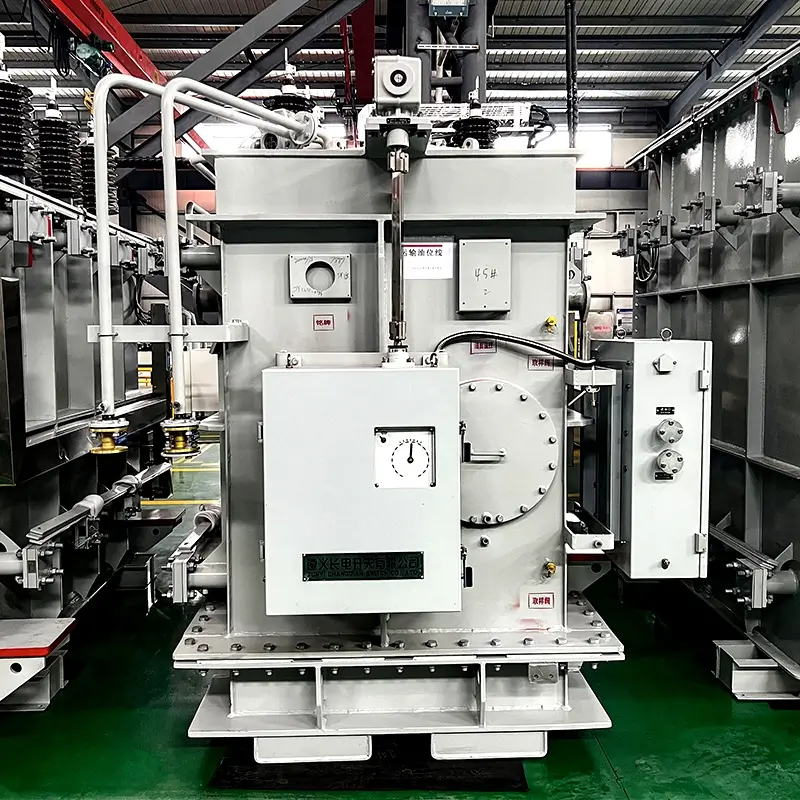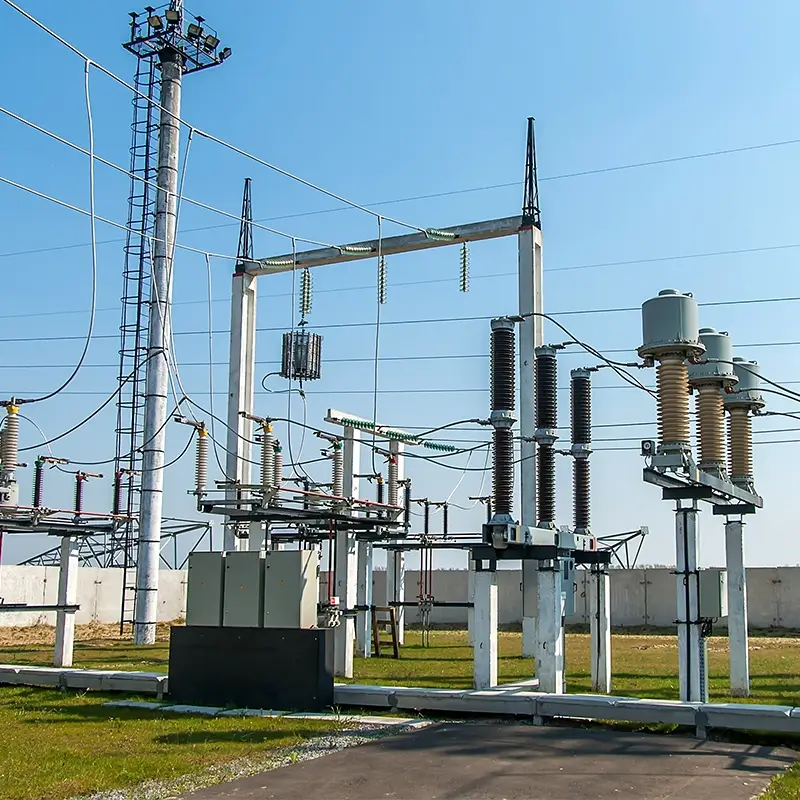How does the gap between the transformer sheets affect the transformer?
The gap between the transformer laminates has a certain impact on the performance of the transformer, specifically:
1, increase leakage: the gap between the laminates will cause the transformer leakage slightly increased. Leakage inductance refers to the self-inductance generated by the part of the transformer coil that is not fully coupled, which will affect the frequency response and efficiency of the transformer.
2, increase no-load current: due to the existence of the lamination gap, the transformer in the no-load required excitation current may be slightly increased. This is because the gap increases the magnetoresistance of the magnetic circuit, requiring more current to establish the magnetic field.
3, the impact of iron loss: although the laminated gap has little effect on the main magnetic flux, it will increase the iron loss to a certain extent, that is, the energy loss of the magnetic core in the alternating magnetic field. This is because the magnetoresistance at the gap is large, resulting in an increase in the local magnetic flux density, which increases the loss.
4, affect the magnetic permeability: when the rolling direction of the silicon steel sheet and the direction of the magnetic flux are the same, the magnetic permeability of the iron core can be improved. At the corner joint, if the section is large, the reluctance and iron loss of the joint can be further reduced.
In summary, the gap between the transformer laminates will have a certain impact on the performance of the transformer, including increasing the leakage inductance, increasing the no-load current, increasing the iron loss, affecting the magnetic permeability and control in the manufacturing process. Therefore, when designing and manufacturing transformers, these factors need to be taken into account to ensure that the transformer can operate efficiently and stably.




